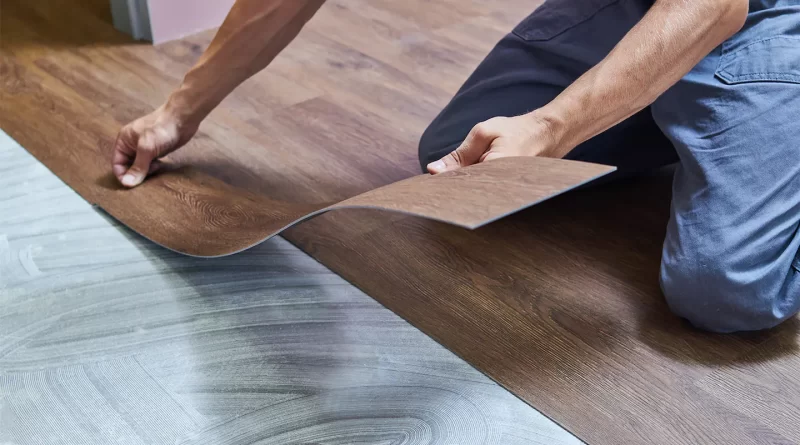Exploring the Pros and Cons of Hardwood Vs Laminate Flooring
Flooring is a vital investment, and can significantly add resale value. But in order to make the best choice possible for both style and budget considerations, it is essential that the appropriate type of floors be selected.
Based on your priorities and lifestyle needs, real hardwood or laminate flooring might be the optimal choice for you. Read on to understand their respective pros and cons.
Cost
Hardwood floors typically cost more than laminate, but their value-add to your home can increase substantially if properly cared for.
Laminate flooring is made primarily from melamine resin and fiber board material with an image printed to resemble real hardwood, making it more cost-effective and suitable for budget homes.
DIY installation of both types of floors may be possible; however, for optimal results when installing tongue-and-groove hardwood planks it’s wiser to seek professional assistance in doing it yourself.
Although laminate floors are water and stain-resistant, they’re not recommended in areas that experience excessive wet or damp environments due to moisture issues. Overexposure to damp conditions may cause moisture-absorbing boards to expand or develop mold and weaken their adhesive layer compared to solid or engineered hardwood which last up to 30 years if taken care of correctly, making them an excellent long-term investment; however if selling is an imminent concern then hardwood may not be your ideal choice.
Durability
Homeowners expect their flooring investment to stand the test of time, which depends on factors like foot traffic and maintenance practices, but one major determinant for longevity is the material itself.
Hardwood flooring is a premium building material, often associated with prestige and higher resale values. Additionally, its durability sets it apart from vinyl and laminate options that may succumb to moisture damage while offering limited color choices.
Laminate flooring is a synthetic composite composed of plywood or high-density fiberboard, covered with an image of photorealistic wood grain on top, protected by a scratch-resistant wear layer. While quality products may appear indistinguishable from real wood from a distance, scratches or stains on laminate planks are easily detectable; unlike hardwood that can be refinished to remove these flaws.
Aesthetics
When purchasing new flooring for your home, it’s essential to take several factors into consideration, including aesthetics, durability and price. High traffic areas need flooring that can withstand wet shoes while still looking beautiful and adding value.
Hardwood flooring meets this need perfectly, as each plank is cut from solid pieces of wood to look as genuine as possible. However, some people remain reluctant to install hardwood in their home due to the expensive price tag associated with installing such floors.
There are plenty of budget-friendly flooring solutions available, from laminate to solid hardwood. Laminate can look increasingly realistic thanks to high quality graphics and surface embossing; however, only solid hardwood can truly match the authentic appearance of real wood when seen up close. Laminated boards tend to repeat patterns whereas solid wood grains vary more randomly; so those who require consistency might not appreciate this aspect of laminate boards as much.
Maintenance
Maintenance requirements vary substantially for hardwood versus laminate flooring, with real wood needing sanded and refinished every few years while laminate is more resilient against scratches and dents thanks to its protective backing layer, making it suitable for busy households with children or pets.
Both types of flooring come in an assortment of colors and styles, with hardwood being more desirable in terms of its visual appeal and added resale value.
Old-fashioned laminate didn’t always resemble real wood floors, but modern high-quality varieties have vastly improved in this regard and now more closely resemble real hardwood flooring. Additionally, its photographic image layer can even be textured to further emulate natural wood’s look. Laminates can be an economical option as they tend to cost less than solid hardwood. Plus they are moisture resistant so are an ideal choice for kitchens or other places exposed to moisture such as bathrooms; however they might not perform so well in basement environments.




